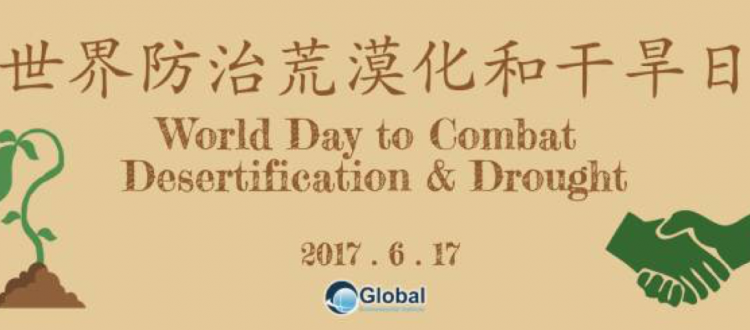Sandy Beaches > Sandy Air. Why Desertification Measures Matter.
Today is the 23rd World Day for Combating Desertification and Drought.
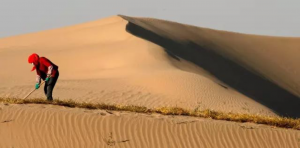
Photo Credit: The Conversation
Desertification is a form of land degradation by which becomes more arid and causes include climate change and human activities.
Climate change: Warming temperatures and decreased precipitation can cause drought and reduce vegetation.
Human activity: Cutting down trees for animal’s grazing area and allowing overgrazing on existing grassland drive global desertification. Other factors include urbanization, overexploitation of groundwater, deforestation, destruction of vegetation in arid areas and over-cultivation.
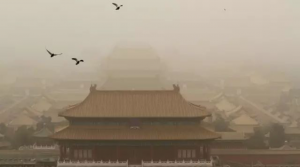
The Forbidden City shrouded in a cloud of sand
Photo Credit: Reuters
Salinization: A Major Cause of Desertification
China’s salt lakes, like Chagan Nuoer, total more than 100,000 square kilometers and occupy arid areas such as Inner Mongolia and Xinjiang.
Salinization: a process by which water-soluble salts accumulate in the soil and hinder the growth of vegetation. Salinization worsens drought in bodies of water, and in turn, leads to desertification. It is primarily caused by poor irrigation and natural disasters. It also is a major cause of China’s grassland degradation and the Beijing sandstorms.
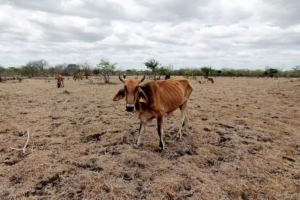
Ground overgrazed by farmed animals, who still struggle to find food.
Photo Credit: Ströer Digital Publishing GmbH 2017
When the wind is strong, salt and alkali dust combine to form saline dust storms, endangering nearby residents. Soon thereafter, hundreds of square kilometers of grassland faced severe degradation and triggered widespread desertification.
Sueda: Humble and Fierce Foe of China’s Desertification
From 2012 to 2016, under the leadership of renowned Mr. Zheng Baiyu, environmentalists planted salt-tolerant plants called Suaeda across 50 square kilometers of in the Chagan Nuoer’s dried salt lake basin.
Suaeda is a salt-tolerant plant, generally grown in coastal lake, marsh, desert, and other saline habitats.
Suaeda has “miraculous effects” in combating desertification: it reduces the salinity in the lake, while also increasing the sand coverage.
Over time, Suaeda increases the amount low-saline sand and eventually restores the previous ecosystem.
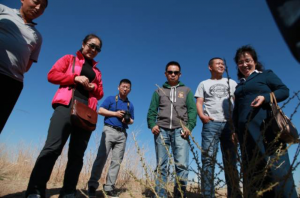
GEI with project partners visiting the Inner Mongolia project site in 2011 (Photo Credit: GEI)
In 2011-2013, GEI worked to restore the grassland in Inner Mongolia’s Xilin Gol Grassland.
We worked closely with local people to get them involved in planting grasses that would not only reduce loose sand but also encourage re-growth of vegetation. We also helped build sand barriers.
The project followed our Community Conservation Concession Agreement and helped the herders increase their income at the same time.

